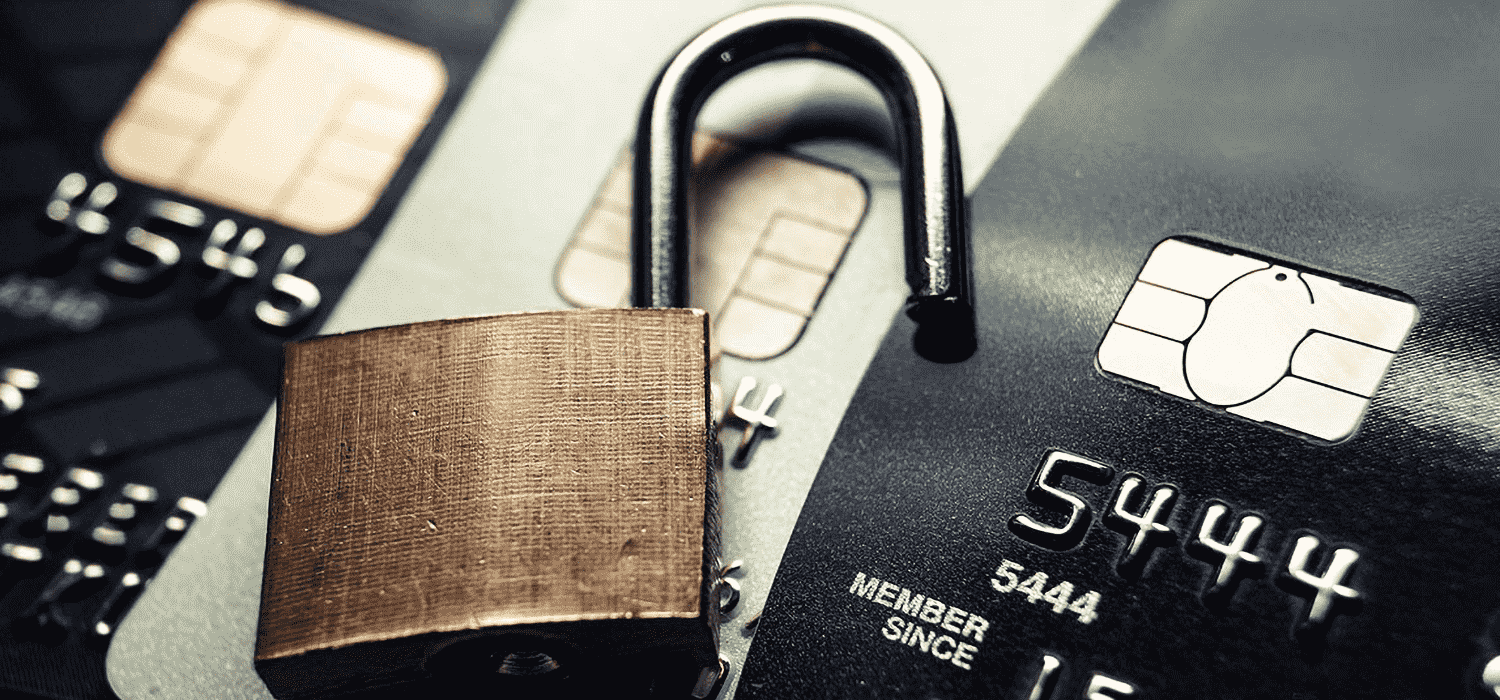The Federal Trade Commission (FTC) received 1.4 million reports of fraud in 2018, totaling nearly $1.5 billion in money lost.
That’s in addition to the roughly 444,000 consumer reports of suspected identify theft last year. The number of fraud and identity theft reports to the FTC has more than doubled over the past decade.
Protecting sensitive personal information has become a top priority for consumers and businesses alike. And it’s not just digital theft that’s an issue – the FTC’s numbers show that telemarketing scams were the most prevalent form of fraud last year. From robocalls to phishing scams, fraudulent activity is on the rise.
Before giving in to anger or panic, it’s important for fraud victims to proactively analyze their situation and do all they can to mitigate reputational damage or financial loss.
Here are five steps to take if you believe you are a victim of fraud or identity theft.
1. Contact A Credit Bureau and Your Bank
If you suspect any fraudulent activity, the first thing you should do is close all accounts in question and initiate a fraud alert. A fraud alert can be placed by contacting Experian, Equifax or TransUnion and informs anyone who reviews your credit report that your identity may have been stolen.
A fraud alert only needs to placed once; the alert will be relayed to all major credit bureaus once processed.
2. File a Complaint with the FTC
Although reporting a fraud case to the FTC doesn’t guarantee justice, it helps the Commission to identify trends and compile statistics on fraud. You’ll also receive helpful documentation on next steps by filing a complaint with the FTC.
Here is where you can file a complaint.
3. Pull Your Credit Reports
If you’re not sure whether you’ve been victimized or not, check your credit reports. They will tip you off to any new accounts or suspicious activity you weren’t aware of. These can be pulled from the three major credit bureaus.
Credit monitoring services are a good way to keep tabs on your accounts, too. Get free access to your credit report here.
4. Contact Police
Similar to filing with the FTC, a police report doesn’t ensure the fraudster(s) will be caught. But, again, it helps to establish documentation. The police might be able to crack a fraud case thanks to your report, too. It can’t hurt to contact local law enforcement.
5. Stay Calm and Remain Proactive
Easier said than done, of course, but it is important to focus your energy on fixing the problem instead of worrying about it. Use the resources that are available to you and reach out to your bank, the credit bureaus or the FTC if you have questions.
Fraud can be prevented and resolved. Critically analyzing your situation and creating a recovery plan are the first steps.
Visit our online security center for more information on preventing fraud and identity theft.

